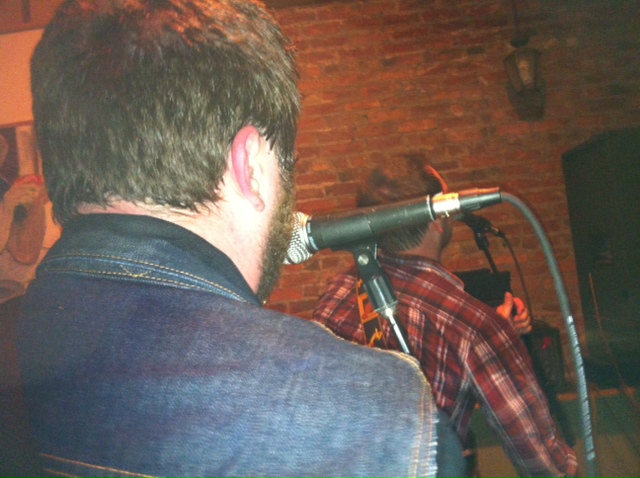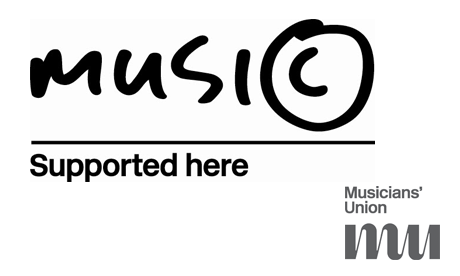 One decade ago I decided to write a book. I blogged and I blogged and I blogged. The book never amounted to more than a fragmented manifesto, but I did get noticed enough to make some cool music/tech biz career moves working for iLike and Pump Audio.
One decade ago I decided to write a book. I blogged and I blogged and I blogged. The book never amounted to more than a fragmented manifesto, but I did get noticed enough to make some cool music/tech biz career moves working for iLike and Pump Audio.
One year ago, I resolved to work every day toward accomplishing the goal of writing my book. I also started my fourth blog, the one you’re reading now. Don’t worry, a fifth is on the way.
One year ago I collected 500 index cards, each with a topic I wanted to cover in the book. This became the first of dozens of outlines, which became the first of several books. I really did write about three or four versions of nearly half of the book, only to scrap 90 percent of it and start over. I figure I’ve written 200,000 words by now.
2012 was a banner year for the blog. Thousands of readers streamed to my ethical defense of a generation during the debate between NPR’s Emily White and Cracker’s David Lowery about the ethics of filesharing. A post about the origin of music continues to draw thousands more as a popular StumbleUpon link. I was asked to contribute a guest post to the Musician’s Union in the UK, and this article continues to be top Google search result for the query “How do musicians make money?”
As great as the blog was going, progress on the book was steady but slow. I didn’t realize it at the time, but I was learning how to write non-fiction. I thought my years of blogging, of writing for newspapers and magazines, of technical and professional writing had steeled me for the rigors of non-fiction book writing. I knew it wouldn’t be easy, but I was surprised at how little it resembled any other type of writing I’d done prior.
I love doing the research, often more than the writing itself, but the amount necessary to tell a story of the scope I’ve chosen is enormous. I have found it necessary to develop a reading habit in order to write the book with the veracity I would demand of any author I read. The writing was a grind as to be expected, but it still had those great “eureka” moments when prose and purpose crystalize.
It should have been obvious to me from the start, but the most critical part of book writing was the most challenging: To tell a compelling story that many people could empathize with. I soon realized there was no point in writing a book if it wouldn’t connect with people.
I ditched the polemical manifesto and pursued the “story” in “history”. I began to look for the novel, compelling, human stories that illustrated the point I was trying to make. Suddenly, it became clear: my book was about people sharing songs. I would title it “Music is Free: The History and Future of Song Sharing”.
And it would be published by a traditional publisher.
Back in August of last year I told you my book was “almost done”. One of the big lessons I learned since then: don’t ever say something is almost done, especially something like a nonfiction book about the entire history of music… and the future of music too.
Somewhere along the way I decided that I could always self-publish it, but it would be much more fun to get the backing of a real publisher, and that’s what I’m doing now, shopping this book to publishers and agents. I’m going to LA in a couple weeks to meet up with a NYT bestselling author to kick off a long stretch of pitching my book.
The more obvious question, especially to anyone who knows me and my stance on copyright: Why go with a traditional “dinosaur” publisher? Why sign all of your rights over when it’s the antithesis of what you believe in and what your book is about?
To the first question: Only a traditional publisher offers the real physical book distribution to a huge chunk of potential readers who prefer to consume it that way. It’s what my target audience wants.
To the second question: I haven’t signed anything yet. 😉
Not incidentally, I’ll be a copyright expert in twelve weeks thanks to this Harvard Law School (HarvardX) copyright course. I was one of 500 out of several thousands students selected to participate. By spring I’ll have the foundational knowledge to really give substance and expertise to my book — perhaps just in time for my advance to roll in.
As I shop around my proposal (drop me a line if you’re interested) I’ll be changing the format of the blog a little bit. Since I’ll be pretty busy with Zac Shaw Goes to Law School, I’m going to be musing here on some of the topics I’m simultaneously tackling in the book. In other words, not so much current events, but more testing out core parts of my book’s hypothesis as the final draft falls into place.
Thanks again for supporting me all these years, I can’t wait for you to read the finished text.



 It’s been a while since you’ve heard from me, and for good reason. As my summer sabbatical draws to a close, so to does my writing process. That’s right, the book is in its final writing stage, the end is in sight!
It’s been a while since you’ve heard from me, and for good reason. As my summer sabbatical draws to a close, so to does my writing process. That’s right, the book is in its final writing stage, the end is in sight!
 Writing has been heady and traffic has been heavy on the blog this week. I’ve been fully engaged in this David Lowery vs. Emily White debate as it goes viral.
Writing has been heady and traffic has been heavy on the blog this week. I’ve been fully engaged in this David Lowery vs. Emily White debate as it goes viral. 


 For those of you who don’t already know, the purpose of this blog is mostly to chronicle my journey as a first-time book author. The nonfiction book I’m currently working on (currently sharing the same working title as the blog) is something that’s been cooking on the backburner of my mind ever since Napster first hit the scene. To put it bluntly, as a musician and fan, I couldn’t help but notice how the music industry was ruining music for profit.
For those of you who don’t already know, the purpose of this blog is mostly to chronicle my journey as a first-time book author. The nonfiction book I’m currently working on (currently sharing the same working title as the blog) is something that’s been cooking on the backburner of my mind ever since Napster first hit the scene. To put it bluntly, as a musician and fan, I couldn’t help but notice how the music industry was ruining music for profit.